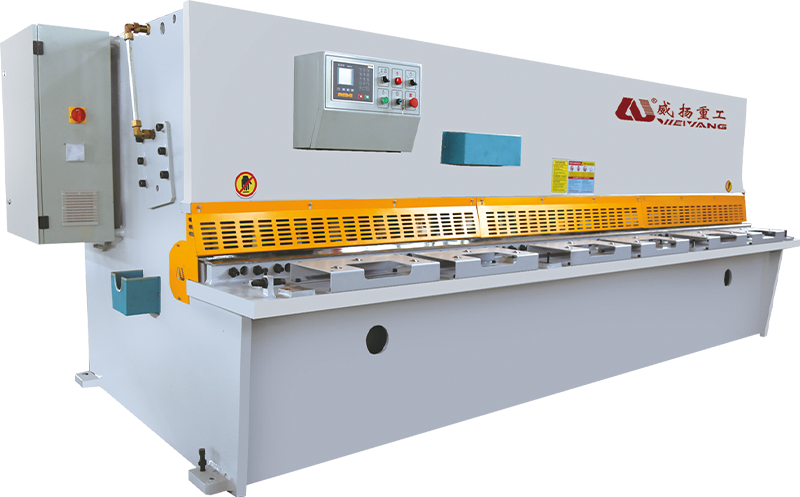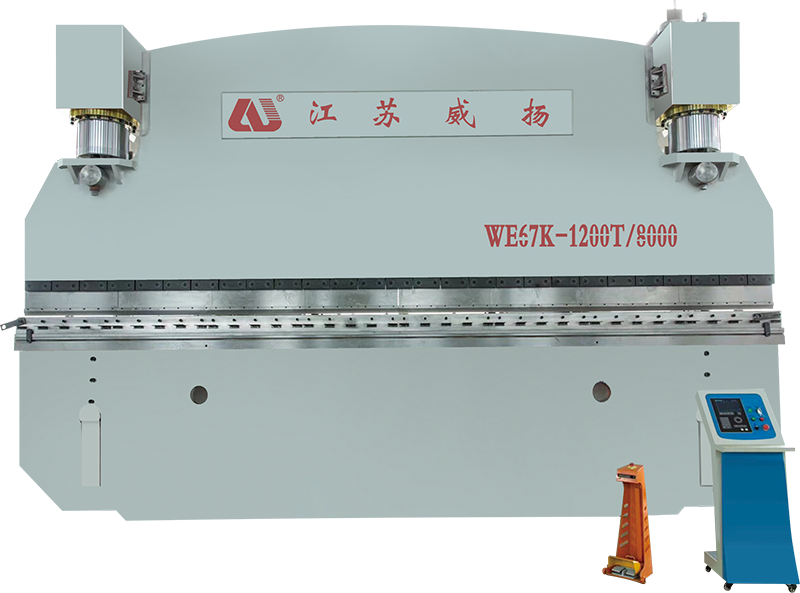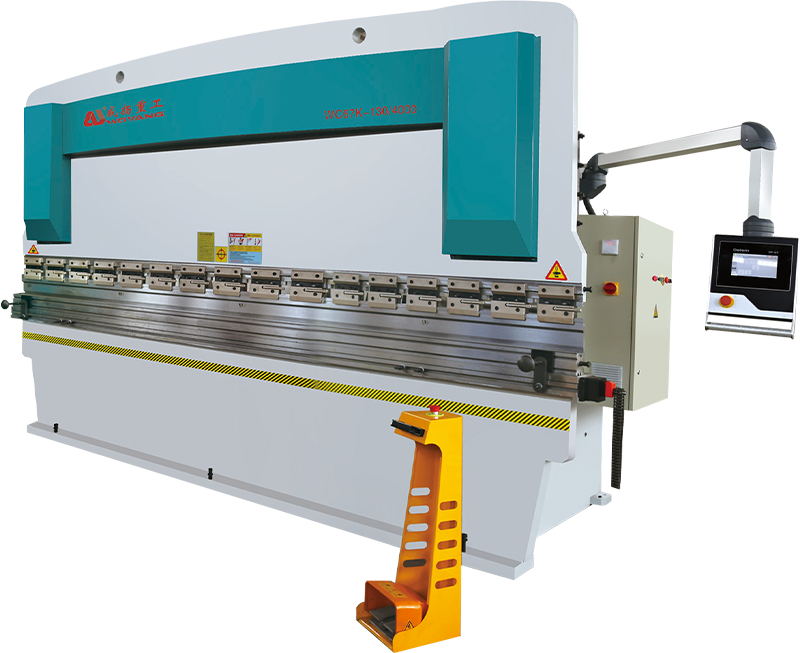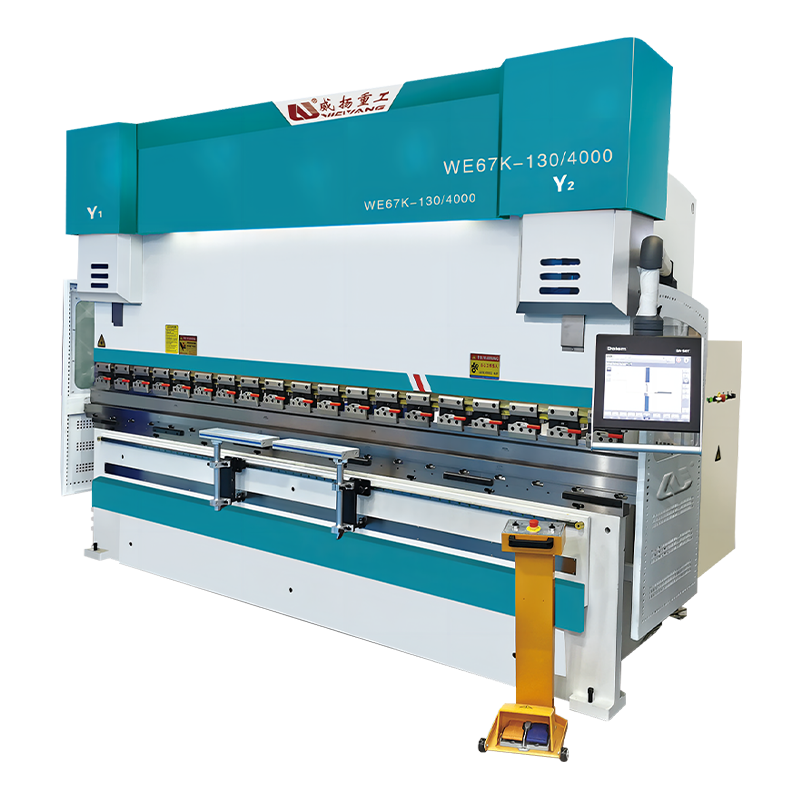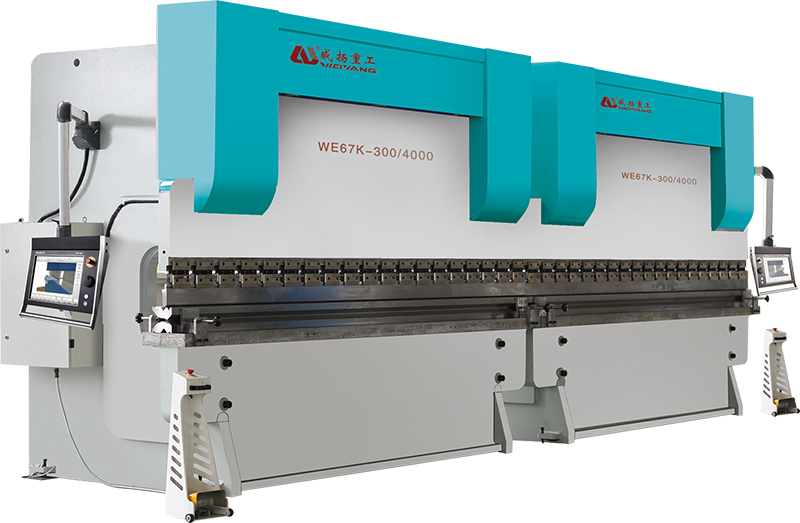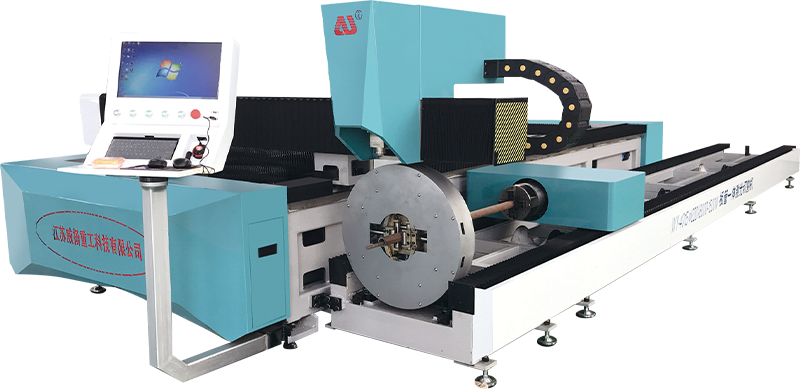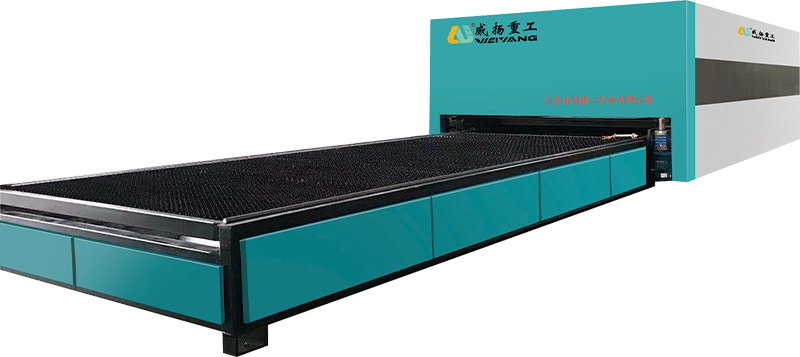How does the switching table laser cutting machine handle thermal effects, such as heat distortion or warping, during cutting?
Laser cutting is a highly localized process, where the laser beam’s focused energy is concentrated precisely on the cut line. This high precision ensures that only the targeted material area is exposed to heat, minimizing the heat-affected zone (HAZ). The reduced size of the HAZ is critical in preventing excessive heat buildup in surrounding areas, which can lead to warping or dimensional distortion. This controlled application of heat, combined with the sharp focus of the laser, allows the material to retain its integrity and shape throughout the cutting process, preventing unwanted thermal effects.
The ability to adjust key cutting parameters such as laser power, cutting speed, focal length, and assist gas pressure is vital in managing thermal effects. By fine-tuning these settings, the laser cutting machine can ensure that the heat input is minimized while still achieving efficient cutting performance. For example, reducing the power while increasing the cutting speed can help prevent excessive heating, which can lead to material distortion. Conversely, thicker materials may require increased power and slower speeds to cut effectively without overheating. This optimization ensures that thermal gradients across the material are minimized, reducing the chances of warping due to uneven heat distribution.
The switching table design in laser cutting machines offers a key advantage by enabling seamless material exchanges between the cutting process and staging areas without interrupting operations. This continuous motion allows the machine to maintain stable operating conditions without causing unnecessary thermal fluctuations or delays that can result from machine idle time. By switching between tables, the machine ensures that parts are processed in quick succession, preventing long periods of heat exposure that could otherwise cause heat-induced material distortion.
Many modern laser cutting machines are equipped with integrated cooling systems to regulate the temperature during the cutting process. For instance, air-assist systems blow pressurized air or inert gases (such as nitrogen or oxygen) directly onto the cutting area. This not only helps to blow away molten material and debris but also cools the material as it is being cut. Liquid cooling systems are employed to cool the laser source and other machine components, ensuring consistent laser performance. This cooling action reduces the overall temperature buildup on the material’s surface, thus preventing overheating that could lead to warping. The use of such cooling mechanisms ensures a stable cutting environment and significantly mitigates thermal effects.
Switching table laser cutting machine adjust the cutting parameters based on the thickness and type of material being processed. Thicker materials require more energy to cut effectively, but excessive heat input can lead to warping and distortion. By automatically or manually adjusting the laser power, cutting speed, and focal distance for different material thicknesses, the machine can control the amount of heat applied. For example, thicker materials may benefit from slower cutting speeds and higher power settings, while thinner materials require less heat to avoid distortion. This tailored approach ensures that the material is heated only as much as necessary to achieve a clean cut, minimizing the risk of warping.





